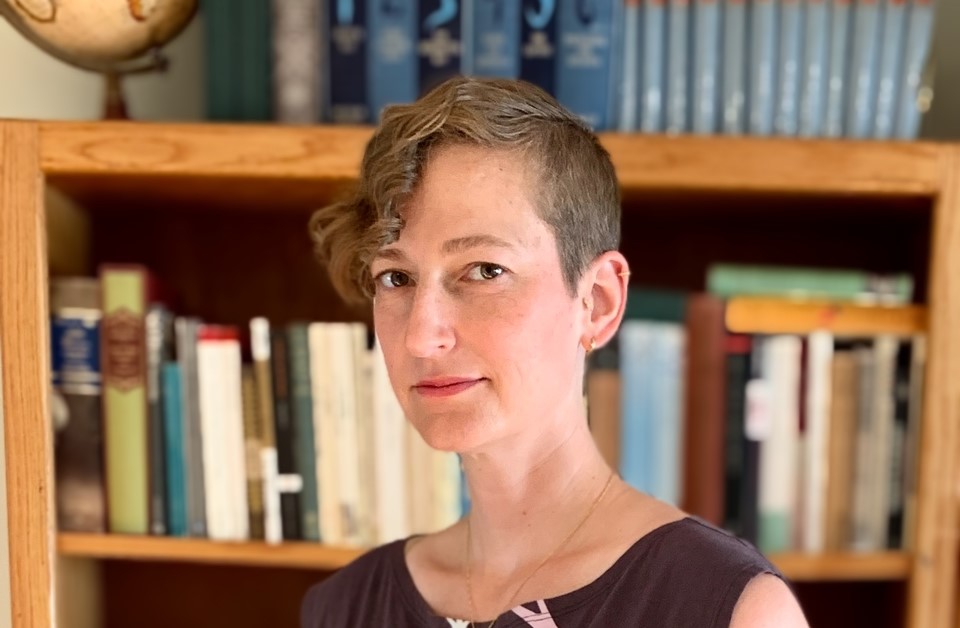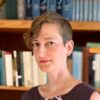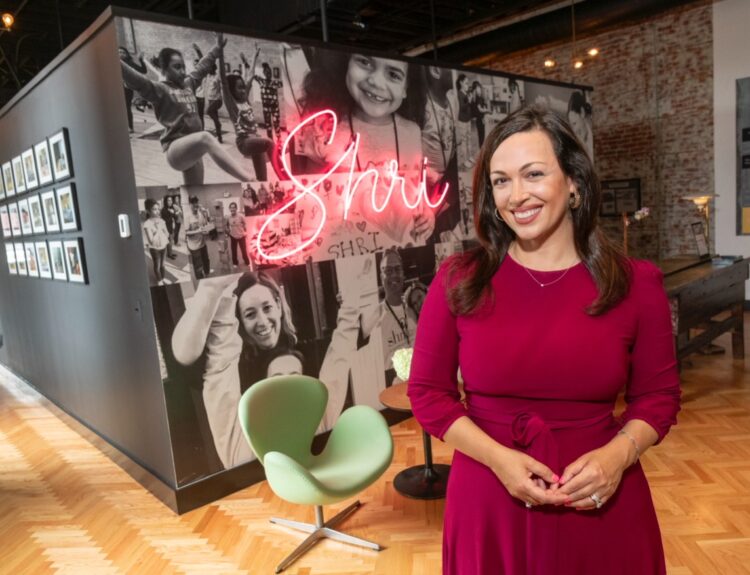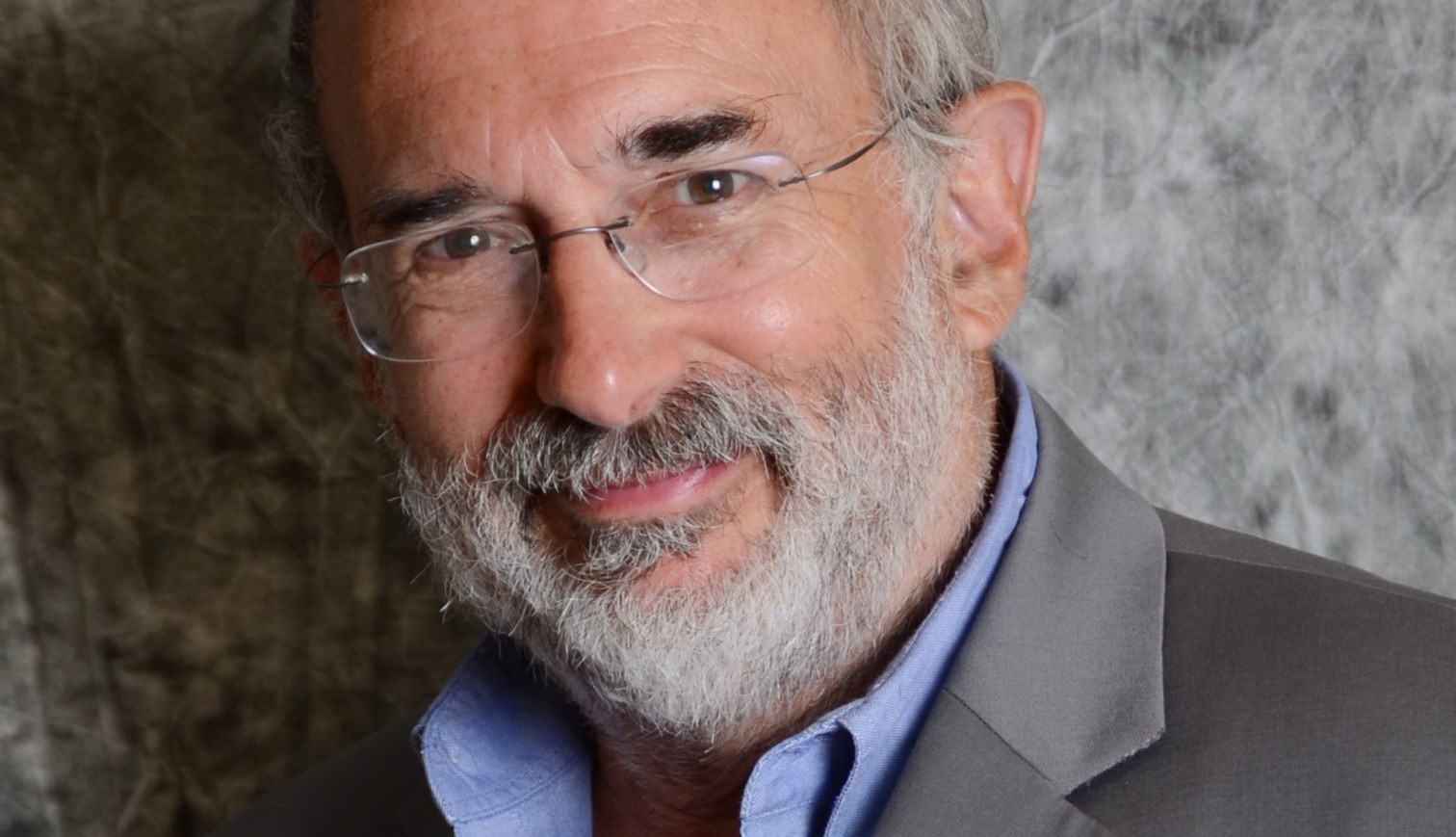
You are a writer, editor, and Program Director for LitArts RI, “a Nonprofit Community for Makers of the Written, Spoken and Illustrated Word.” That’s a lot! Let’s start with LitArts RI. Can you give us a longer description?
LitArts RI is a nonprofit serving Rhode Island’s writers, illustrators and podcasters. We provide coworking space, a podcasting studio and meeting rooms where local creatives can gather. We also have a programming series that includes writing workshops, podcast training, community events, and practicums on the business side of the arts.
Where is LitArts RI’s physical space, and why did the organization choose it?
LitArts RI’s new literary center is located at 400 Harris Ave, Unit E in the Valley neighborhood of Providence. The neighborhood itself was a big draw—not only are we close to New Harvest Coffee, Whisk Me Away, Revival Brewery, ISCO, and all that Farm Fresh RI has to offer (ice cream! tacos!), we’re also in the midst of a burgeoning arts district that began with The Steel Yard breaking ground 20 years ago and continues today with our friends at Binch Press/Queer. Archive. Work., ECAS Theater, Waterfire Arts Center, and Wilbury Theatre Group. Not to mention: free parking!
LitArts RI was originally What Cheers Writers Club, and it was located in downtown Providence. Why the name change and relocation?
Did I mention the free parking? We actually began our search for a new space before the pandemic. In 2019, we were one year in to serving Rhode Island creatives, and our coworking space was already beginning to feel crowded. Of course, that changed with the pandemic, but as writers began to re-emerge and look for a place to work outside of home, we anticipated rapid growth. With the help of our Board, and the vision of architect Charlotte Handy, we were able to design the new center in a way that best suited how the space was being used by the community. For example: instead of five quiet sit/stand writing desks, we now have room for nine. The higher ceilings, skylights, and natural light also help the literary center feel spacious and welcoming. And, as we transitioned to the new location, it seemed the perfect time to shift to a name that better reflects the organization we have become and the community we serve.
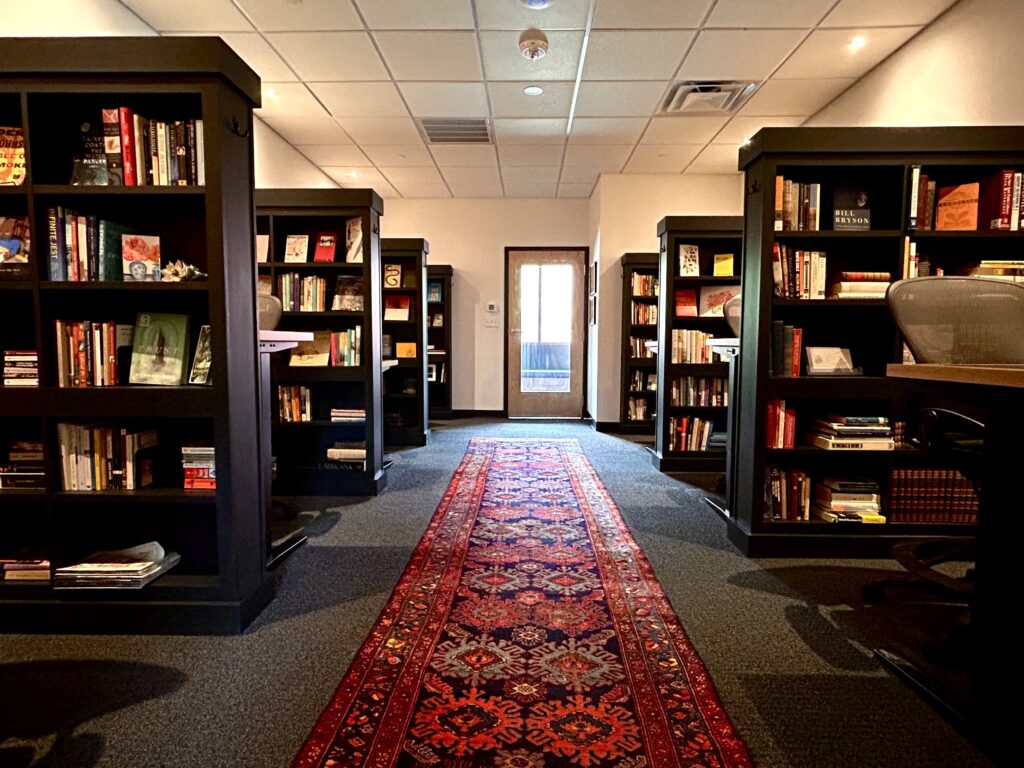
And besides coworking space, what does LitArts RI offer?
The pandemic helped prove the organization was more than the physical space—we’re also a community. When the coworking space had to close for over a year for health safety, we ramped up our programming to help creatives stay connected. Writing is often a solo pursuit, and with the increased isolation of the pandemic, we needed to find ways to build relationships, share work, and continue to create through hardship. We launched local writing groups where people could get feedback on their work, as well as writing workshops. We held showcases, write-ins, webinars, and conversations. This programming continues today, alongside the coworking space.
How does one become a member of LitArts RI?
You can sign up online for just $15/month. We also have a Budget Membership and waive the fee for B/I/POC Creatives. Supporter Memberships ($20/month) help us keep programming and resources accessible for everyone in our community. Folks can also stop by any time during our open hours (Tues-Sat) for a free tour and more information about membership, coworking, and program offerings.
OK, now more about you. Your essays and reviews have been published widely, from The New York Times to Ploughshares to The Los Angeles Review of Books. Give us an overview of your topics.
I used to think of myself as a travel writer, and some of my earlier work is fairly place-based. During the pandemic, my relationship to travel shifted when I fell ill while traveling in March 2020, and experienced the debilitating effects of Long Covid. Over the last few years I’ve been writing about chronic illness—I’m interested in exploring how artists and writers have taken up the challenge of expressing invisible or misunderstood conditions.
Tell us about two of your lyric essays that caught our eye: “Flight of the Painted Lady” and “The Forty Steps.”
You chose two of my more experimental essays! In both, I’m playing with form. “Flight of the Painted Lady” is written in fragments that progress through the stages of butterfly development: Egg-Larva-Pupa-Imago to explore the loss of my childhood home while weaving together disparate topics: from Nabokov to chaos theory, butterflies to climate change.
“The Forty Steps” is an imagined monologue delivered by Rebecca Hunter as she descends the famous Forty Steps on the cliffs of Newport. Historically, Hunter was the school teacher of Alice James, the famous invalid sister of William and Henry James. While Alice James’ story has been told many times, Hunter’s chronic illness and subsequent suicide at the Forty Steps is a mere footnote in her biography. This piece takes the form of the 3.5 inch-newspaper column of Hunter’s obituary, evoking both the precipice of a cliff and the narrow margins of expression afforded to 19th-century women. I was happy this one found a home at The Ocean State Review—I did most of my research at the Newport Historical Society.
You are a 2023 Bread Loaf Scholar. Elaborate please.
I was awarded a scholarship to attend the Bread Loaf Writers Conference in Middlebury, Vermont this year. I’ll be workshopping an essay with peers, meeting editors, agents, and publishers, and of course, fellow writers. The conference has a long and prestigious history, but I’ve also heard it described as “summer camp for writers!”
You have won several awards for your work. Tell us about some of them and don’t be shy!
A few of my essays received recognition over the past year—“First Do No Harm,” about Florence Nightingale’s 30-year illness, won Arts & Letter’s Prize for Creative Nonfiction, and “Self-Portrait After Covid-19,” which is about Edvard Munch’s rendering of illness into art, was awarded Ninth Letter’s Literary Award in Creative Nonfiction.
When did you know you wanted to be a writer?
I’ve journaled daily since age ten, when I first picked up a lock-and-key diary at a garage sale in Iowa. Thirty years later, I still can’t sleep unless I’ve reflected about the day in writing. It’s just the best way I know how to process experience, and gradually this habit transitioned into something more public-facing.
Did you have mentors or teachers along the way who inspired and supported you?
Books have been great mentors. Working at a bookstore in Seattle in my early twenties was an education in itself because of all the authors I was exposed to by my colleagues. My thesis advisor at Emerson College, the biographer Megan Marshall, remains a great inspiration and support, ten years after I graduated from the MFA program there.
Let’s ask the same question we put to Vanessa Lillie, a longtime supporter of LitArts RI: “What is one thing no one would guess about Jodie Noel Vinson?”
I’m afraid of butterflies.
Finally, what advice do you have for young storytellers, in any genre?
It can sometimes feel there are not a lot of places and people in our culture that affirm the value of creative work. When you do find those places and people, they are worth sacrificing a lot to be close to, because they will provide the space for your stories to grow and eventually find a readership.

